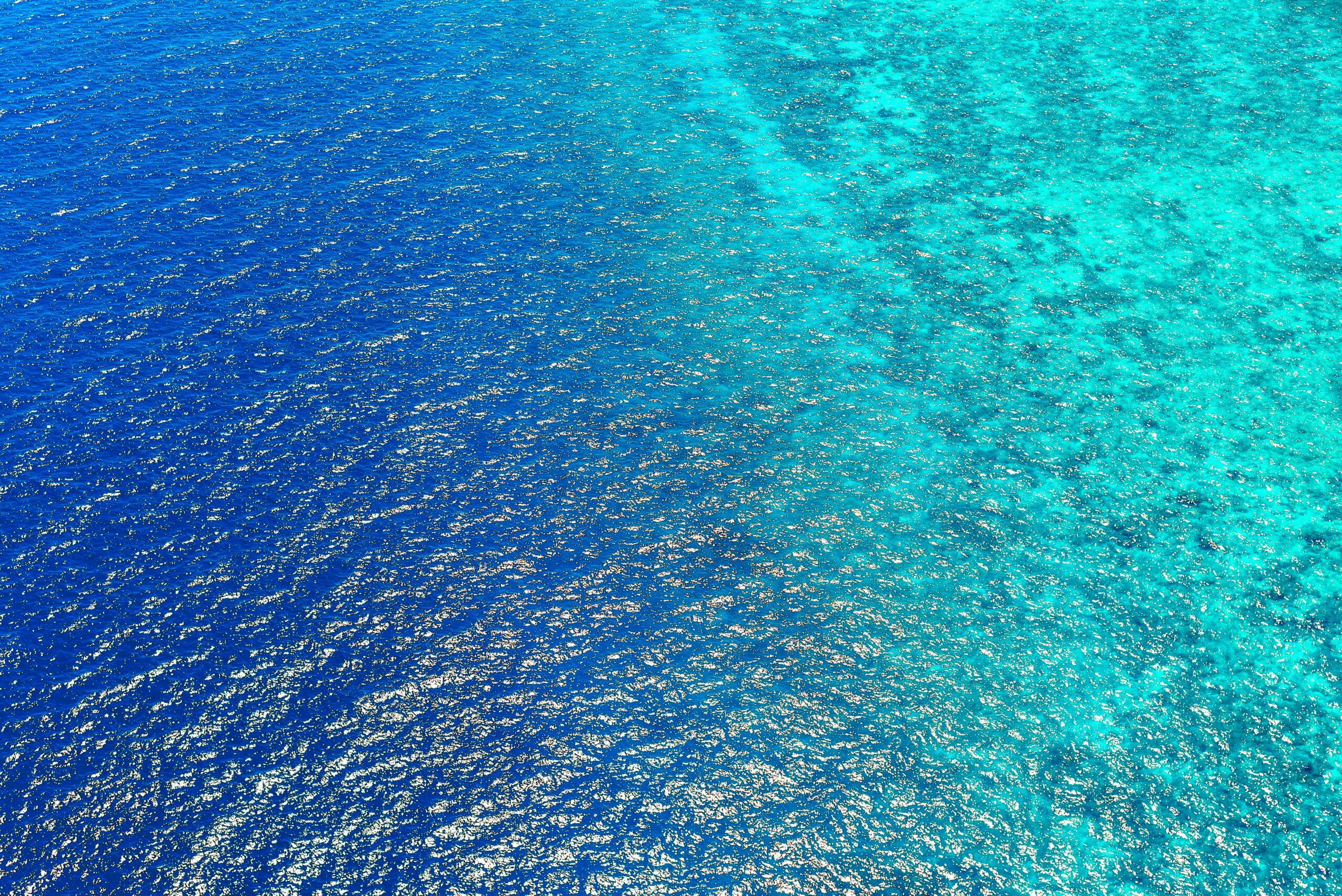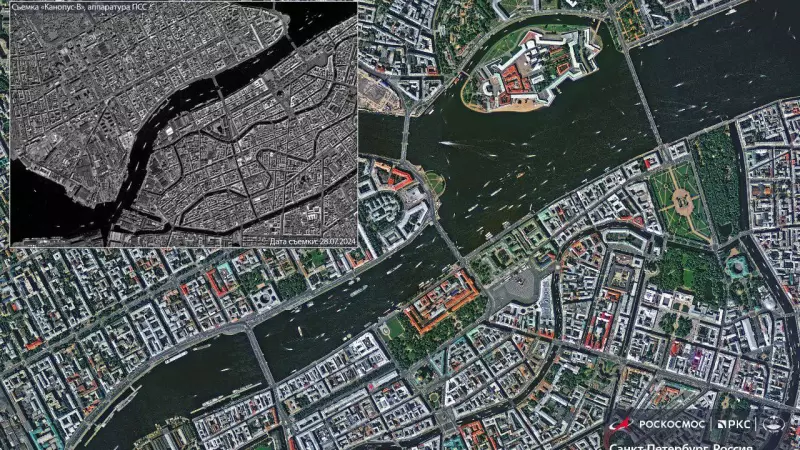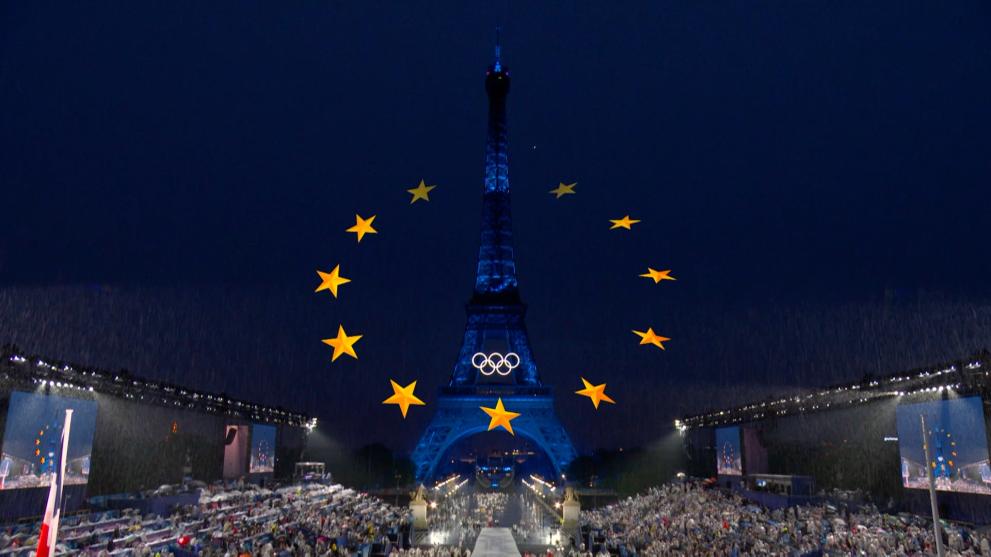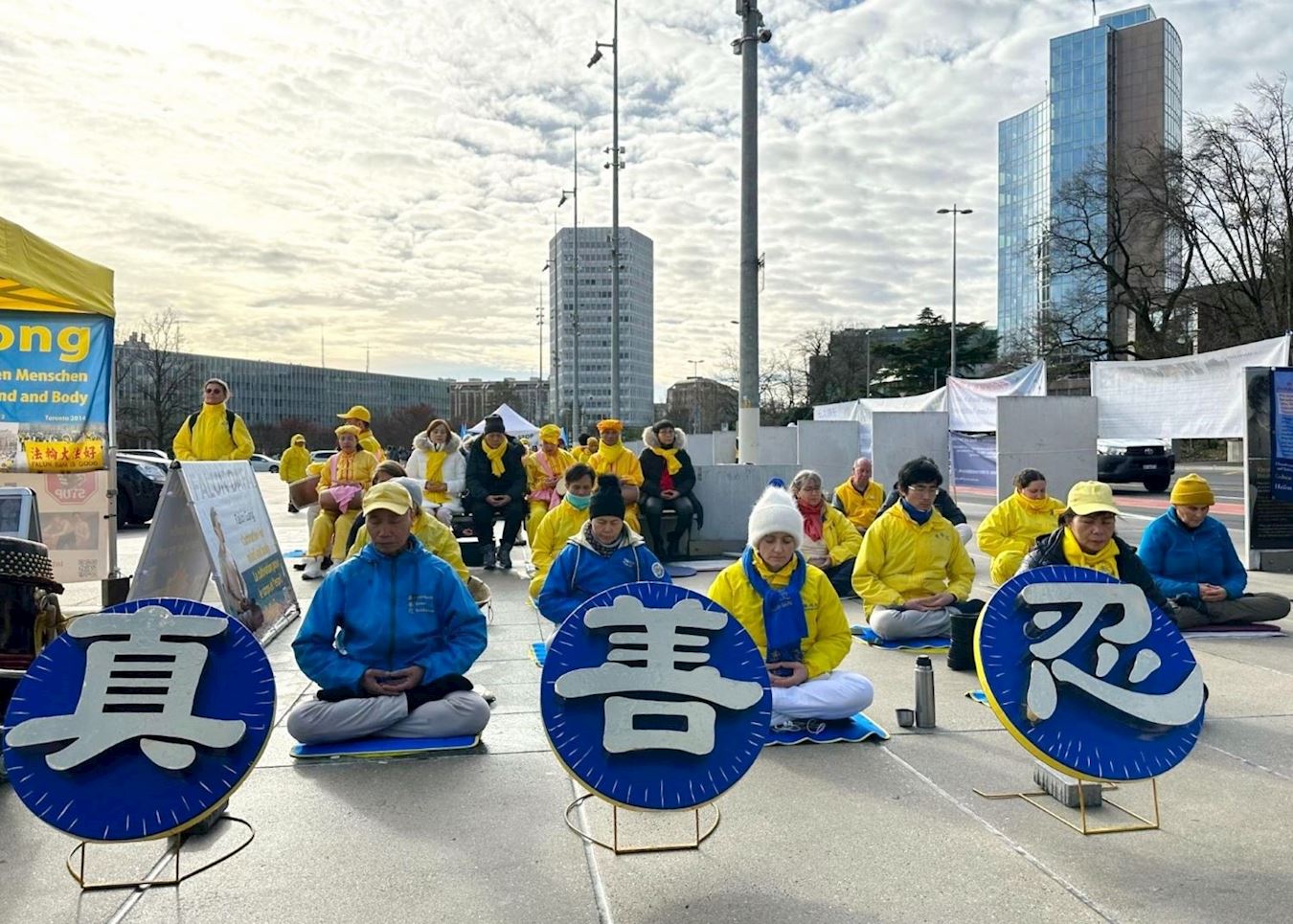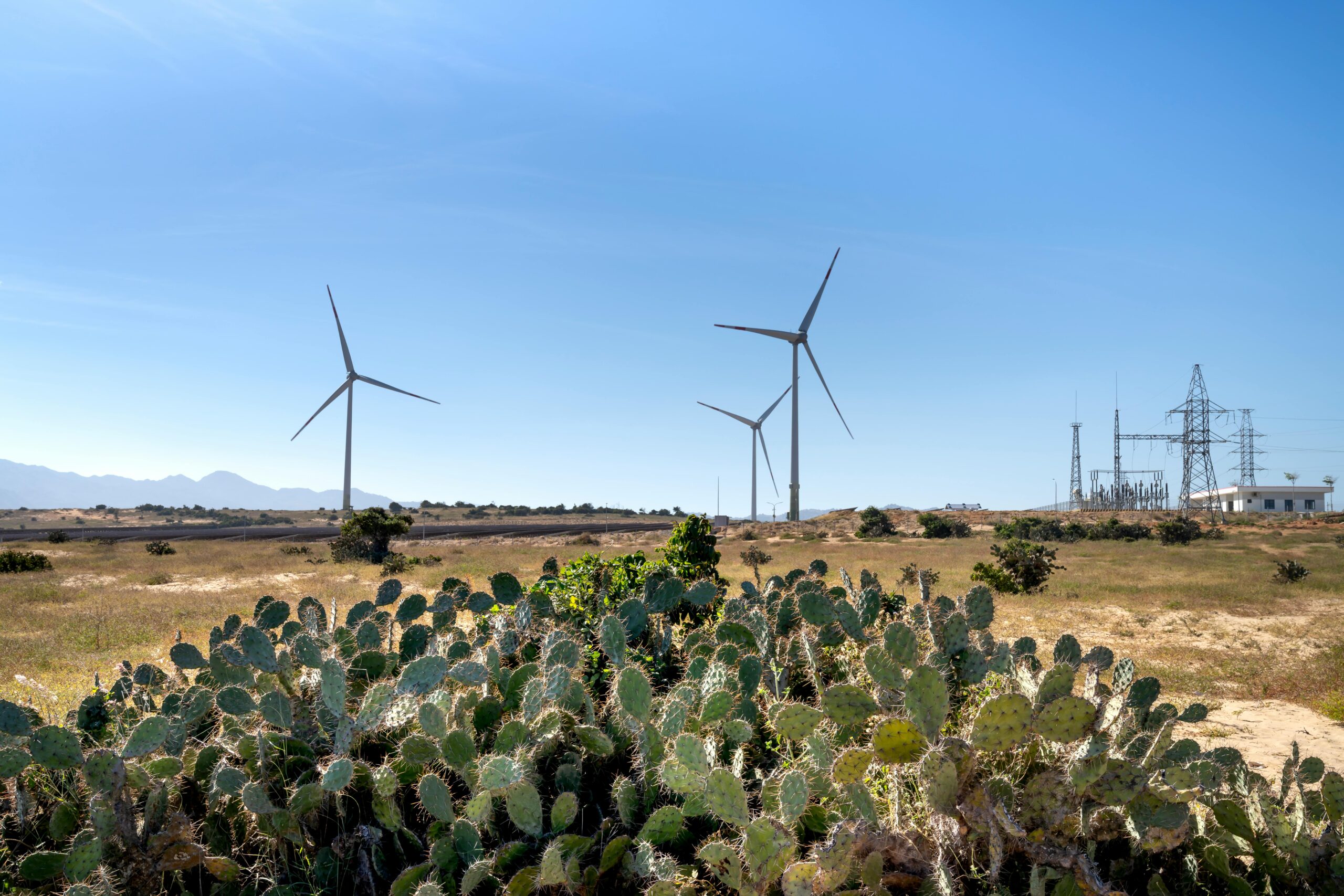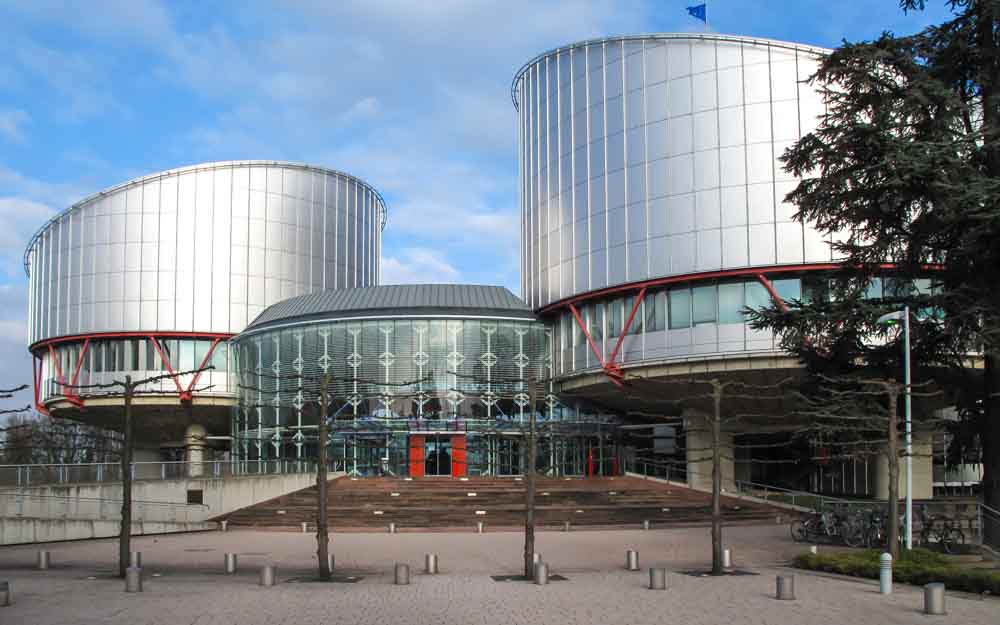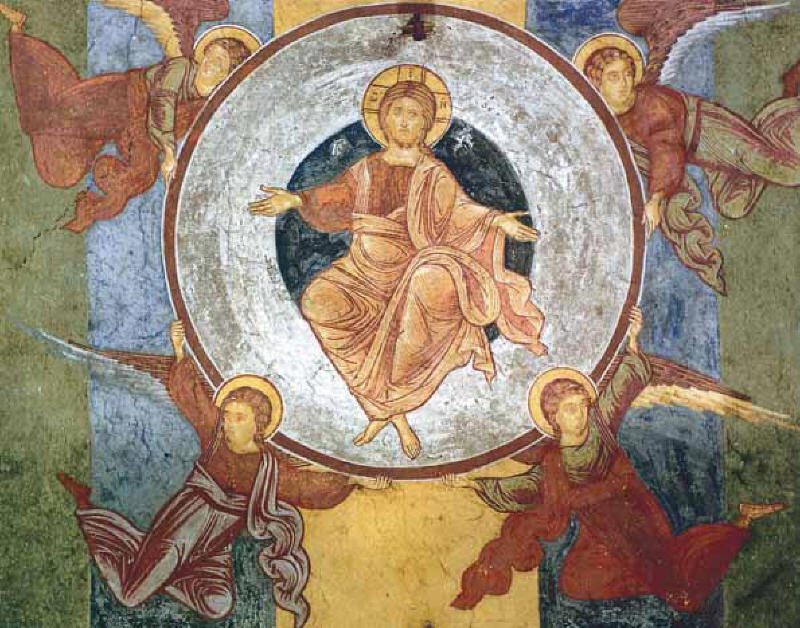Seawater is salty because it contains a high concentration of dissolved mineral salts deposited in the rivers that flow into the oceans and seas. To be more precise, 1 liter of water contains about 35 g of salt. These mineral salts are the result of the erosion of rocks deposited in the sea over the years, causing it to reach a certain salinity index. This theory was introduced by the English scientist Edmund Halley.
The process begins when the carbonic acid present in rainwater comes into contact with the rocks. This chemical compound, which results from the mixing of carbon dioxide in the air with water, has the ability to corrode the rocks on which it falls. The resulting ions are deposited in rivers and later end up in seas and oceans, producing their characteristic salinity.
In addition to this deposition of eroded rock, other secondary phenomena contribute to seawater salinity: water evaporation, volcanic eruptions, ice melting, and hydrothermal vents.
What is the chemical composition of salt in seawater?
Seawater salt contains more than 80 of the 118 elements of the periodic table, making it an excellent mineral source for the human body. In it you can find:
* chlorine, sodium, magnesium, potassium, bromine, calcium, boron, strontium and fluorine
* trace elements such as iron, manganese, copper, iodine, silicon and phosphorus
* zooplankton and phytoplankton.
Are all seas equally salty?
The degree of salinity of the sea depends on its latitude. In colder areas such as the Arctic Ocean, the salt concentration is lower compared to tropical areas such as the Caribbean Sea, where the salt concentration is higher. This is due to the evaporation of water by solar energy.
Similarly, in areas where it rains frequently, the salinity level is low, as is the case in the Baltic Sea. There we may find areas where the composition is only 0.6% salinity. On the other hand, areas with lower water flow may have higher salinity, as is the case in the Red Sea.
What is the salinity of the Dead Sea?
Despite its name, the Dead Sea is not a sea, but an inland lake, as it has no coastline. Its salinity level is 35%. That is why it is called the sea. It is located on the border between Jordan and Israel and is the fifth saltiest body of water in the world with a depth of over 300 meters.
Is it possible to desalinate seawater?
Desalination is the process of making potable water from salt water. The main purpose of seawater desalination is to meet the needs of this resource for the population that does not have easy access to fresh water. While two-thirds of the Earth’s surface is water, only 1% is suitable for human consumption. This is why the desalination process is necessary to secure this vital resource.
The reverse osmosis method is the most widely used in the world to reduce salt levels in water. This is done by pressurizing salt water to trap the dissolved salt particles in a semi-permeable membrane.
There are other methods, including:
* freezing, where water freezes and pulverizes to form ice crystals on brine, which are then separated to produce fresh water
* distillation, where water is heated to the point of evaporation and then condensed to extract fresh water
* instantaneous evaporation, in which water enters a chamber as droplets, the saturation pressure of which is low; they turn into steam that condenses to produce desalinated water.
Illustrative Photo by Asad Photo Maldives: https://www.pexels.com/photo/bird-s-eye-view-of-sea-water-1456291/



